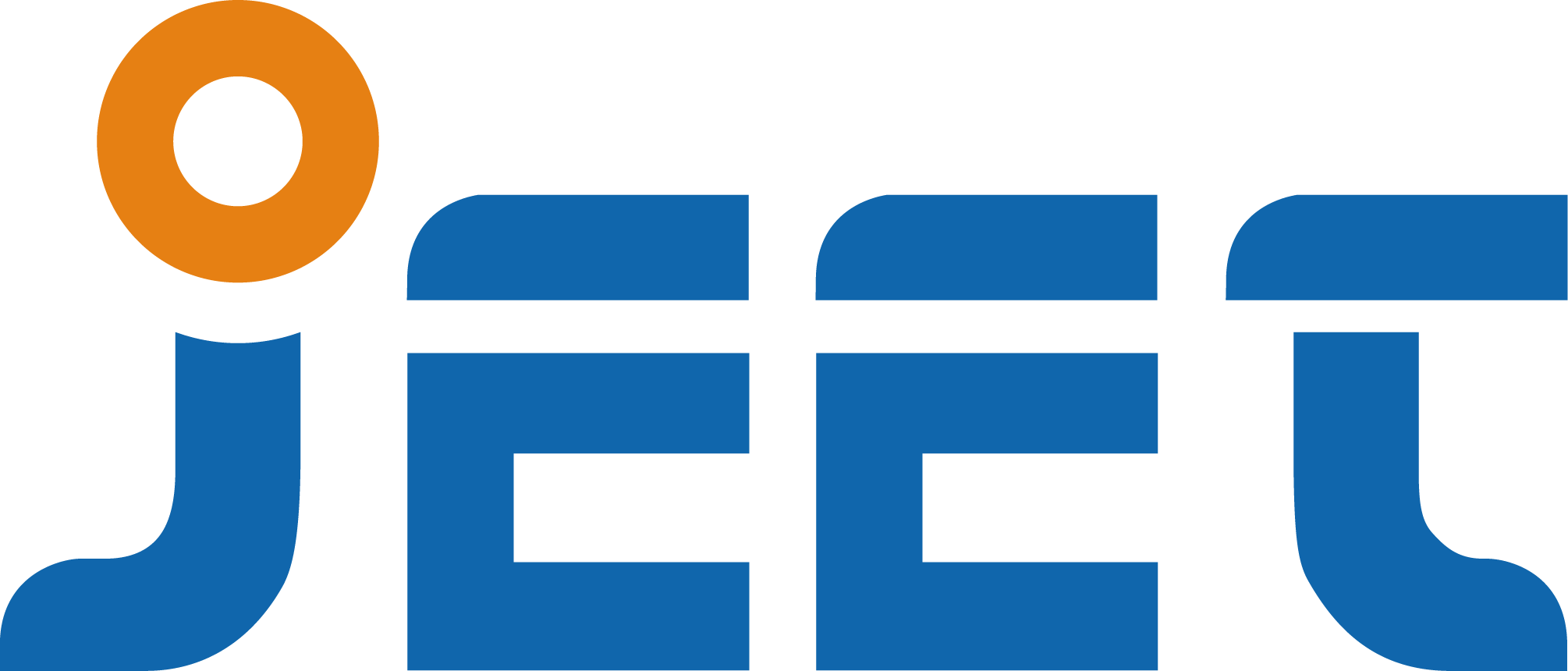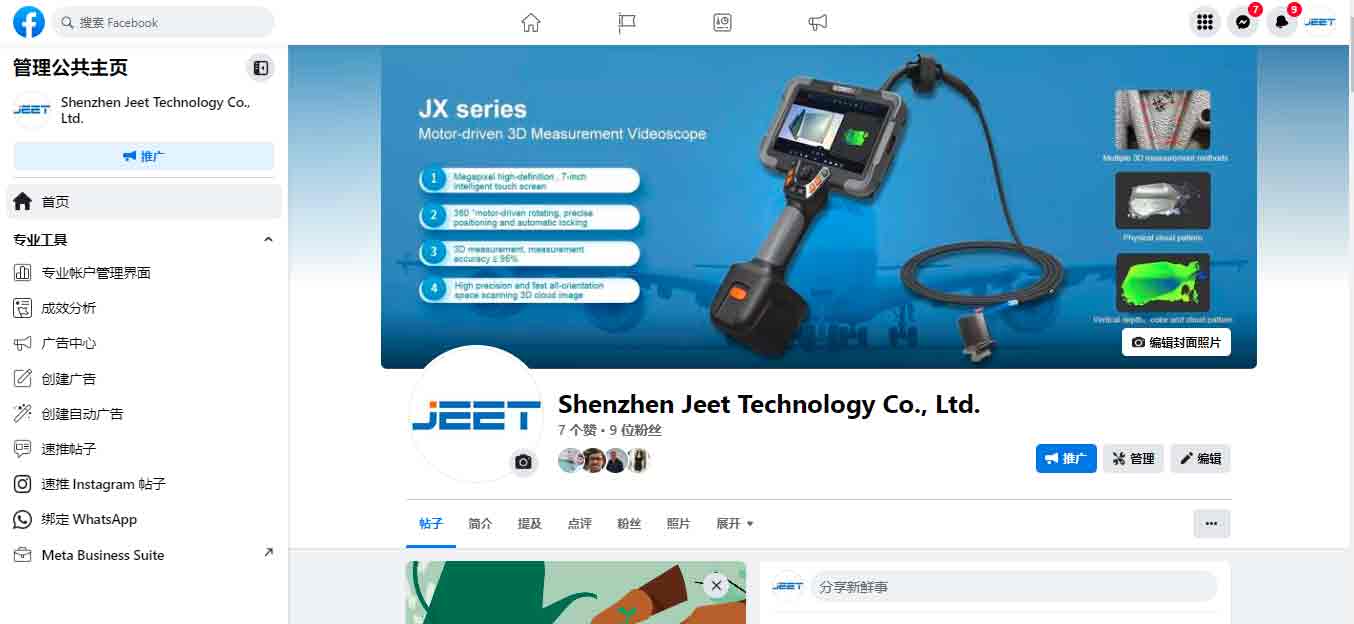Unlocking the Power of Industrial Endoscopes: Top Applications in Modern Industry
Industrial endoscopes, also known as borescopes, are powerful tools used for visual inspection in various industries. These devices are essential for performing non-destructive testing and maintenance in hard-to-reach areas. Here are some of the top applications of industrial endoscopes in modern industry:
1. Aerospace Industry
Engine Inspection: Industrial endoscopes are used to inspect aircraft engines for wear, cracks, and foreign object damage without disassembling the engine.
Airframe Inspection: They help in examining the internal structures of the airframe, ensuring structural integrity and identifying potential issues.
2. Automotive Industry
Engine and Transmission Inspection: Technicians use endoscopes to inspect the internal components of engines and transmissions, identifying wear and tear, carbon deposits, and other potential issues.
Quality Control: During manufacturing, endoscopes help ensure that parts are properly assembled and free of defects.
3. Manufacturing and Assembly
Machinery Maintenance: Endoscopes allow for the inspection of machinery internals, helping in preventive maintenance by identifying wear and potential failures before they lead to costly downtimes.
Weld Inspection: They are used to inspect welds in pipes and other structures, ensuring the quality and integrity of the welds.
4. Power Generation
Turbine Inspection: In power plants, endoscopes inspect turbines and other critical components, looking for signs of wear, corrosion, and other issues that could impact performance and safety.
Boiler Inspection: They are used to check the internal conditions of boilers, identifying scale buildup, corrosion, and other potential problems.
5. Oil and Gas Industry
Pipeline Inspection: Industrial endoscopes inspect the internal conditions of pipelines, detecting corrosion, cracks, and other defects that could lead to leaks or failures.
Downhole Inspection: In drilling operations, endoscopes are used to inspect downhole tools and equipment, ensuring they are in good condition and operating correctly.
6. Building and Construction
HVAC Systems: Endoscopes are used to inspect heating, ventilation, and air conditioning (HVAC) systems for blockages, leaks, and other issues.
Structural Inspections: They help in examining the internal structures of buildings, including walls, ceilings, and floors, identifying issues such as water damage, mold, and pest infestations.
7. Electronics Industry
Circuit Board Inspection: Endoscopes help in the inspection of circuit boards, identifying manufacturing defects and ensuring proper assembly.
Connector and Cable Inspection: They are used to inspect the integrity of connectors and cables, ensuring reliable performance and identifying any potential issues.
8. Pharmaceutical Industry
Equipment Inspection: In pharmaceutical manufacturing, endoscopes inspect equipment such as mixers, reactors, and piping systems to ensure cleanliness and compliance with regulatory standards.
Packaging Inspection: They are used to inspect packaging machinery, ensuring proper function and identifying any issues that could impact product quality.
9. Marine Industry
Hull and Propeller Inspection: Endoscopes are used to inspect the internal and external structures of ship hulls and propellers, identifying damage and ensuring structural integrity.
Engine Room Inspection: They help in inspecting the machinery and equipment in engine rooms, ensuring they are in good condition and operating efficiently.
10. Food and Beverage Industry
Pipe and Duct Inspection: In food processing plants, endoscopes are used to inspect the cleanliness and integrity of pipes and ducts, ensuring they are free of contaminants.
Equipment Inspection: They inspect processing and packaging equipment, ensuring it is clean and functioning properly.
Industrial endoscopes provide a non-destructive and efficient way to inspect and maintain critical components across various industries, enhancing safety, reliability, and performance.




